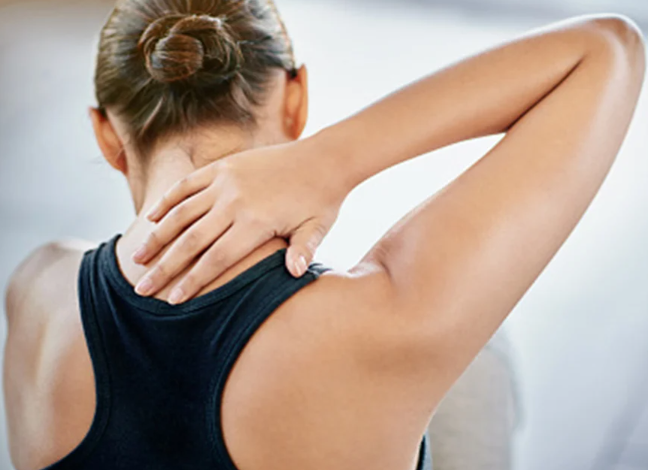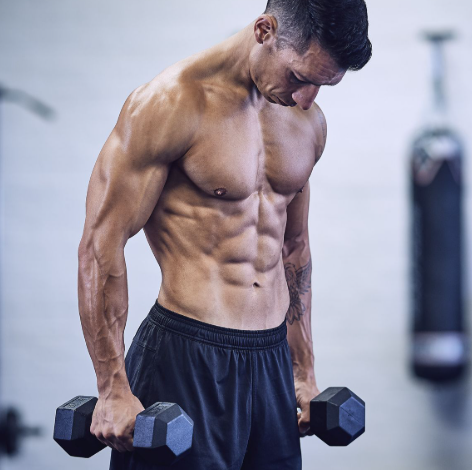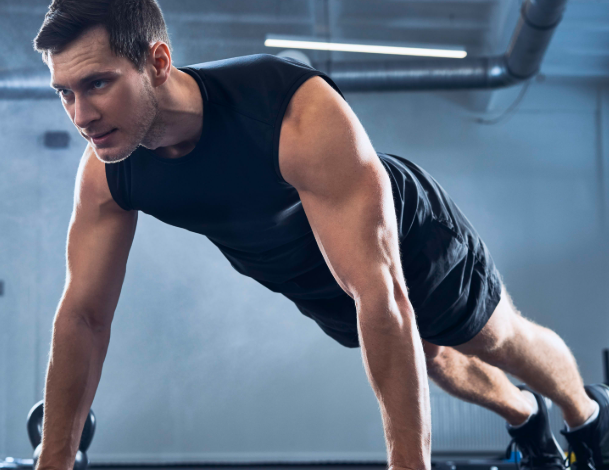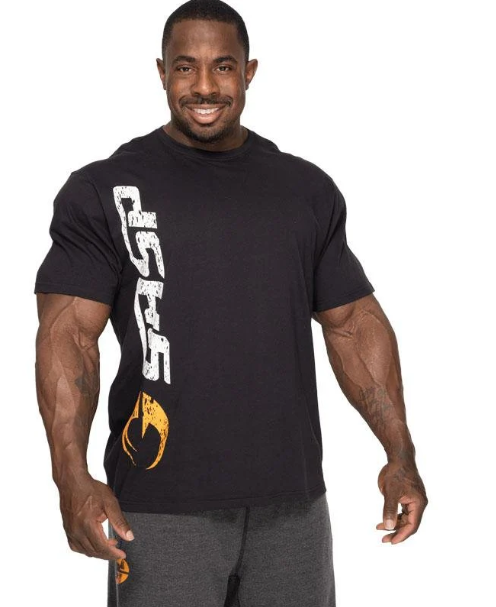
Beating Post-Workout Muscle Soreness: 5 Effective Recovery Strategies
That deep, achy stiffness you feel a day or two after an intense workout is called delayed onset muscle soreness (DOMS). While some soreness is normal—especially when trying new exercises or pushing your limits—severe DOMS can derail your training routine. The good news? You don’t have to suffer through it. Here’s how to minimize soreness and bounce back faster.
1. Refuel with Carbs and Protein
Hard workouts drain your muscles of glycogen, their primary energy source. Replenishing these stores quickly can speed up recovery and reduce soreness.
What to do:
- Within 30 minutes of finishing your workout, consume a mix of fast-digesting carbs (like fruit or a sports drink) and protein (whey or a lean protein source).
- Aim for a 3:1 ratio of carbs to protein for optimal glycogen restoration.
This simple step kickstarts recovery before soreness sets in.
2. Cool Down and Stretch
It’s tempting to collapse on the couch post-workout, but skipping a cooldown can worsen soreness. Light activity helps clear metabolic waste and eases muscle tension.
What to do:
- Spend 5–10 minutes doing low-intensity cardio (walking, cycling).
- Follow with static stretching (hold each stretch for 30–60 seconds without bouncing).
Even a brief cooldown can significantly cut down on next-day stiffness.
3. Alternate Hot and Cold Therapy
Heat boosts circulation, while cold reduces inflammation. Alternating between the two can help flush out waste products and soothe sore muscles.
What to do:
- Post-workout shower: Switch between 30 seconds of cold water and 30 seconds of hot water, focusing on worked muscles.
- End with heat to keep blood vessels open for better nutrient delivery.
4. Try Active Recovery
If you’re already sore, gentle movement can help—don’t just sit still. A light “recovery workout” increases blood flow without adding strain.
What to do:
- The next day, repeat the same workout at 50% intensity (half the weight, half the reps, half the sets).
- Wear compression gear for extra support and warmth.
This “active rest” keeps muscles loose and speeds up healing.
5. Use Heat for Relief
When muscles are too tender for massage, heat can relax tightness and reduce discomfort.
What to do:
- Apply a heating pad, warm towel, or take a hot bath.
- Pair with gentle stretching to improve mobility.
Heat is especially helpful for deep muscle stiffness.
Final Thoughts
Some DOMS is normal, but if you’re constantly sore to the point of immobility, you may be overtraining. Listen to your body—adjust intensity, prioritize recovery, and use these strategies to stay consistent without the pain. The goal is progress, not punishment!






